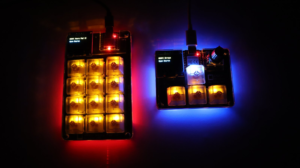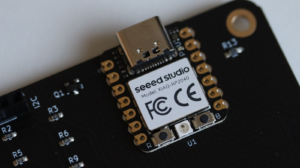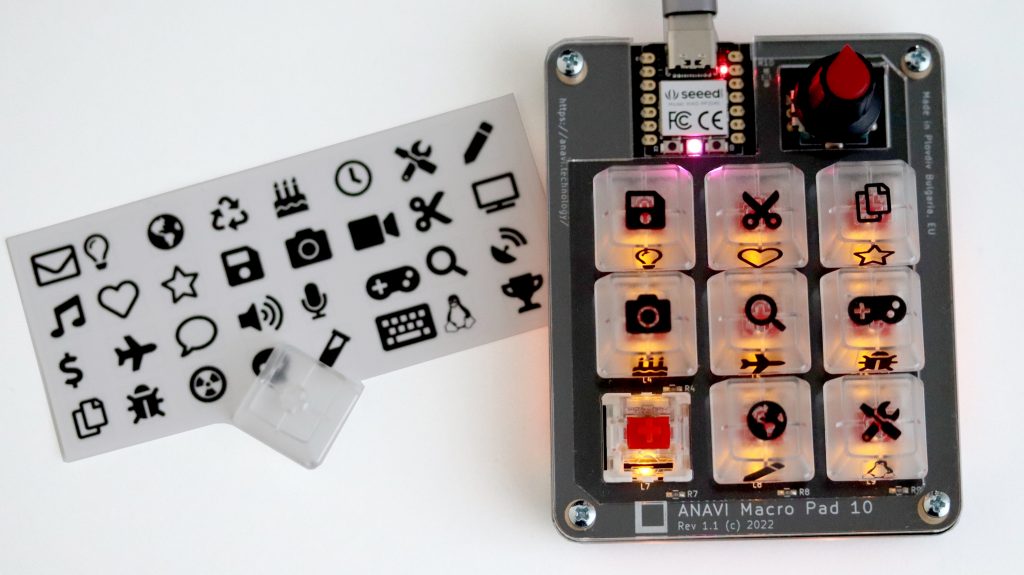There are two different options for mechanical keyboard open source firmware for ANAVI Macro Pad 10, Knobs 3, and Knob 1: KMK and QMK. Both of which have been getting upgrades recently!
KMK is a feature-rich and beginner-friendly open source firmware for mechanical keyboards, written in CircuitPython, which comes preloaded on the Macro Pad 10 and Knobs 1 and 3. The source code is available on GitHub under the GPLv3 license. So… if you have code suggestions to make it better, just open a GitHub pull request. This is exactly what Stefan Misch recently did, by improving the encoder resolution.

Huge thanks to Stefan for his valuable contribution to the upstream of KMK! If you own Macro Pad 10, Knobs 3, and Knob 1, please consider upgrading the KMK firmware on your mini mechanical keyboard to get his fix.
In other news: the GitHub pull request that adds support for ANAVI Knobs 3 was finally merged in QMK! QMK stands for Quantum Mechanical Keyboard. It is probably the most popular firmware for mechanical keyboards and supports literally hundreds of devices, including ANAVI Macro Pad 8 and our other mechanical keyboards. The source code is available under GPLv2 license and written in C. Initial support for the Raspberry Pi RP2040 microcontroller in QMK was added in September 2022. We started the porting efforts in October, and shortly after that, patches for ANAVI Macro Pad 10 and Knob 1 were merged. However, it took almost 6 months to merge the GitHub pull request for ANAVI Knobs 3. The long wait is over: now all of our mini mechanical keyboards are supported by QMK!

The community is very important and makes all the difference in any open source project. Thank you for supporting and improving our open source hardware mechanical keyboards!














